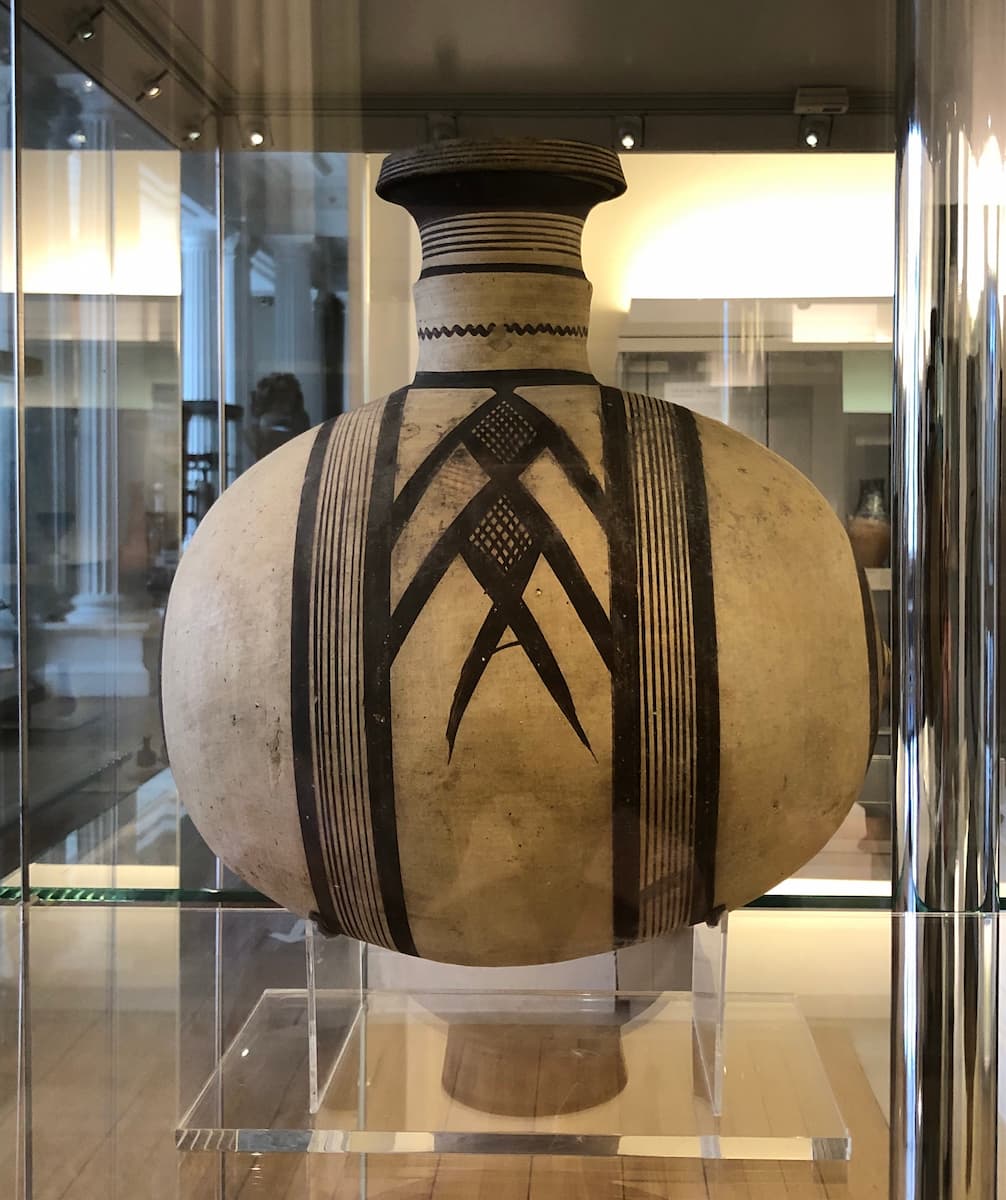

Mobility was one of the defining characteristics of the ancient Mediterranean island societies. While the intensity of mobility varied through time and space and not all members of island communities may have participated in it, mobility was an important feature of island life, motivating and maintaining informal and formal connections. Strongest connections were forged at local scales between neighbouring communities or through movement of people within a region for work, marriage and agropastoralism. Medium to long-distance connections were much more selective and relied on maritime and overland infrastructure, such as trade routes, ports and merchant networks. Such connectivity intensified in the course of the Late Bronze and reached zenith in the Hellenistic and Roman periods.
The image of the ‘connected Mediterranean’ highlights long-distance and high intensity scales of movement of individuals and groups such as migration and long-distance trade,1 but these are only some of the many forms of the much broader phenomenon of human mobility. Movement of people and goods played out at different scales and intensities, and there are deeply rooted differences between local or short distance types of mobilities, more akin to the pattern in the Brownian motion, and the more directed supra-regional seafaring and voyaging networks that connected communities across the sea.
Maritime connectivity in the Mediterranean emerged in the Final Neolithic,2 and steadily gained traction in the course of the Early Bronze Age with the use of the sail and longboats.3 Sailing technologies enabled efficient movement in certain favourable conditions, which depended on natural elements such as the time of the year, weather patterns, currents, and also specific knowledge of ship building, navigation, geographic features.4 The Early Iron Age, traditionally considered the ‘Dark Age’ of Mediterranean history, was an important period by the end of which a crystallisation of a number of powerful phenomena took place, namely the increased maritime mobility that lead to a gradual opening up of western and central Mediterranean to pan-Mediterranean networks,5 the growth of long-distance trade, and the development of infrastructure for travel and settling, which contributed to a close interaction of different linguistic and cultural communities. Overall, connectivity as a phenomenon continued to intensify, and by the Archaic period most of the Mediterranean basin was linked through a number of long-distance networks.6 The Phoenicians and the Greeks have been considered as the agents of long-distance movements based on the presence of their material culture in many parts of the Mediterranean, but this is only a part of a picture of the much more complex interactions of the past.
Despite increasing connectivity, most of the voyages in the Mediterranean antiquity were relatively short ranged, and ships travelled within the sight of land, hugging the shores.7 Coastal regions therefore represented crossover zones between terrestrial and maritime spheres of transport, overlapping different types of mobilities of people and resources, but also connecting and dividing different spheres of existence the sea-focused and land-focused lifeways.8 Within this setting, islands offered incredibly strategic resources,9 and large Mediterranean islands enjoyed this privileged position even more so. Cyprus has long been seen as a driving force of connectivity and mobility in antiquity not only with the Levant and southern Anatolia, but also with the two large islands of Crete and Sardinia, due to its rich copper resources and metallurgical innovations.10 The exceptional position of Crete at the entrance to the Aegean Sea was especially prominent during the Bronze Ages.11 The role of Sardinia as a node on the pan-Mediterranean east-west routes can be detected through the increasing involvement in regional and long-distance flow of goods during the Late Bronze and Early Iron Ages.12
Being an Islander project therefore investigates a range of mobilities that characterised island life from the Bronze Age to the Roman period. It examines the ways in which mobility and connectivity influenced island identities and how islanders advertised external relationships through the display of foreign goods in everyday and funerary setting. In addition to out-of-island mobilities and exchange, our research also seeks to understand intra-island flows and connectivity.
1: Horden and Purcell 2000.
2: Nazou 2020.
3: Broodbank 2000, 98; Knappett, Evans and Rivers 2008, 1011.
4: Georgiou 1993, 360-361.
5: Broodbank 2013, 513; Papadopoulos 2014.
6: Broodbank 2013, 561.
7: Greene 2018, 133-135.
8: Dawson 2021.
9: Broodbank 2013, 78; Berg 2019.
10: Cadogan et al. 2012; Georgiou 2012; Lo Schiavo and Campus 2013; Russel and Knapp 2017; Halbertsma and Pilides 2019.
11: Stampolidis and Karageorghis 2003.
12: Tronchetti 2015.

